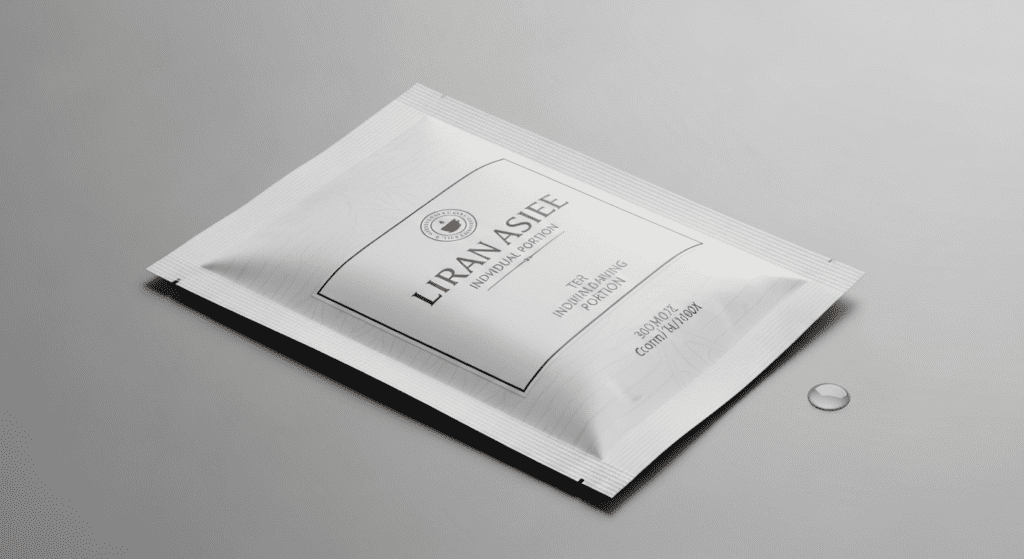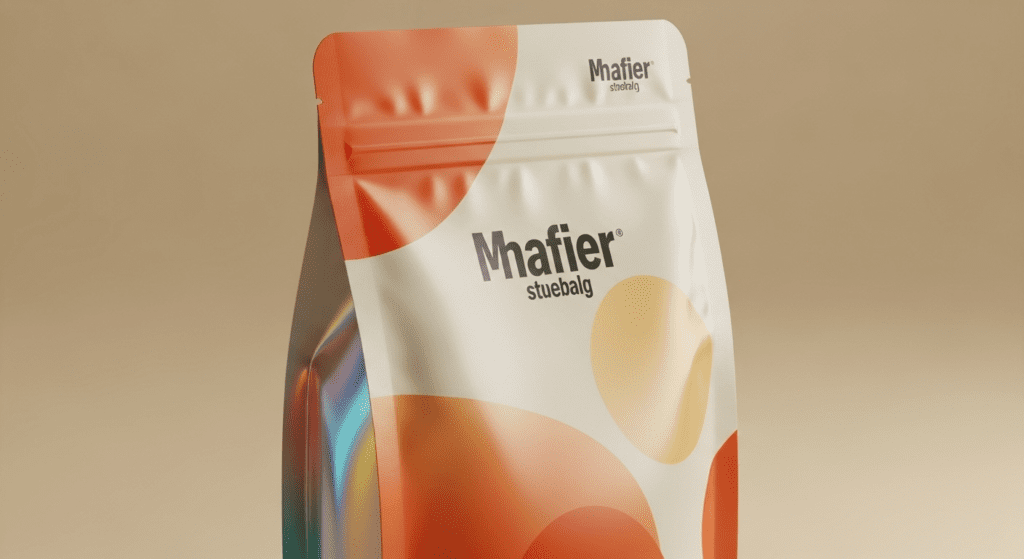When you’re shopping for single-serve packaging, you might wonder about the differences between sachets and pouches. These two packaging types serve different purposes and come in various sizes and materials.
The main difference between a sachet and a pouch is that a sachet is a small, flat, single-use packet typically used for items like sugar, shampoo, or condiments, while a pouch is a larger, flexible container designed to hold bulkier products like snacks, pet food, or liquids for repeated use.
What is Sachet
A sachet is a small, sealed packet that typically holds a single serving of a product. These packets are usually flat and contain just enough product for one use.
You’ve probably seen sachets containing sugar, salt, or ketchup at restaurants. They’re also common for shampoo samples, instant coffee, and medicine powders. The contents are completely sealed inside until you tear open the packet.

What is Pouch
A pouch is a flexible container that’s generally larger than a sachet and often designed for multiple uses. Pouches come in various shapes and sizes, from small zip-lock bags to large stand-up packages for pet food or snacks.
Unlike sachets, many pouches feature resealable closures. This makes them ideal for products you’ll use over time rather than all at once. Pouches can be made from plastic, fabric, paper, or combinations of materials, depending on what they need to hold.

The Difference Between a Sachet and a Pouch
Size/Capacity
Sachets typically hold between 1 to 10 milliliters or grams of product. They’re designed for single servings, like a packet of ketchup that contains about 8-10 grams.
Pouches range from 50 milliliters to several liters in capacity. A typical snack pouch might hold 100-200 grams, while a laundry detergent pouch could contain 1-3 liters of liquid.
Form/Shape
Sachets are almost always flat and rectangular or square. Their thin profile makes them easy to slip into magazines, boxes, or pockets.
Pouches come in many forms. Some lie flat like sachets, but others can stand upright on shelves. Many feature gussets (expandable sides) that allow them to hold more product and maintain their shape when full.
Materials
Sachet materials are usually single-layer or simple multi-layer films. Common materials include paper-plastic laminates, aluminum foil composites, or thin plastic films that are just strong enough for single use.
Pouches use thicker, more durable materials. These often include multiple layers of plastic, metalized films, or heavy-duty laminates.
Typical Use
Sachets excel at portion control and sampling. You’ll find them containing condiments, instant coffee, cosmetic samples, or single doses of medicine.
Pouches serve as primary packaging for many products. They hold anything from baby food and pet treats to laundry pods and camping meals. Pouches often replace boxes, bottles, or cans as the main container for a product.
Sealing
Sachets use permanent heat seals on all four sides. Once sealed, they cannot be opened without tearing the package. This ensures product freshness and prevents tampering.
Pouches may have permanent seals on three sides with a resealable top. Some pouches are completely sealed like sachets, while others include various closure mechanisms for repeated access.
Cost
Sachets cost less per unit to produce—typically $0.01 to $0.05 each depending on size and material. However, the cost per gram of product is usually higher due to the packaging-to-product ratio.
Pouches have higher individual costs, ranging from $0.10 to several dollars each. But they offer better value for larger quantities, as the packaging cost is spread over more product.
Environmental Impact
Sachets create more waste per unit of product because each serving requires separate packaging. Most sachets aren’t recyclable due to their small size and mixed materials.
Pouches generate less waste per gram of product, especially for multi-use packages. Some pouches are now made from recyclable or biodegradable materials. Their lighter weight compared to rigid containers also reduces transportation emissions.
However, both types of flexible packaging face recycling challenges. Many facilities can’t process them due to their lightweight nature and material combinations.



